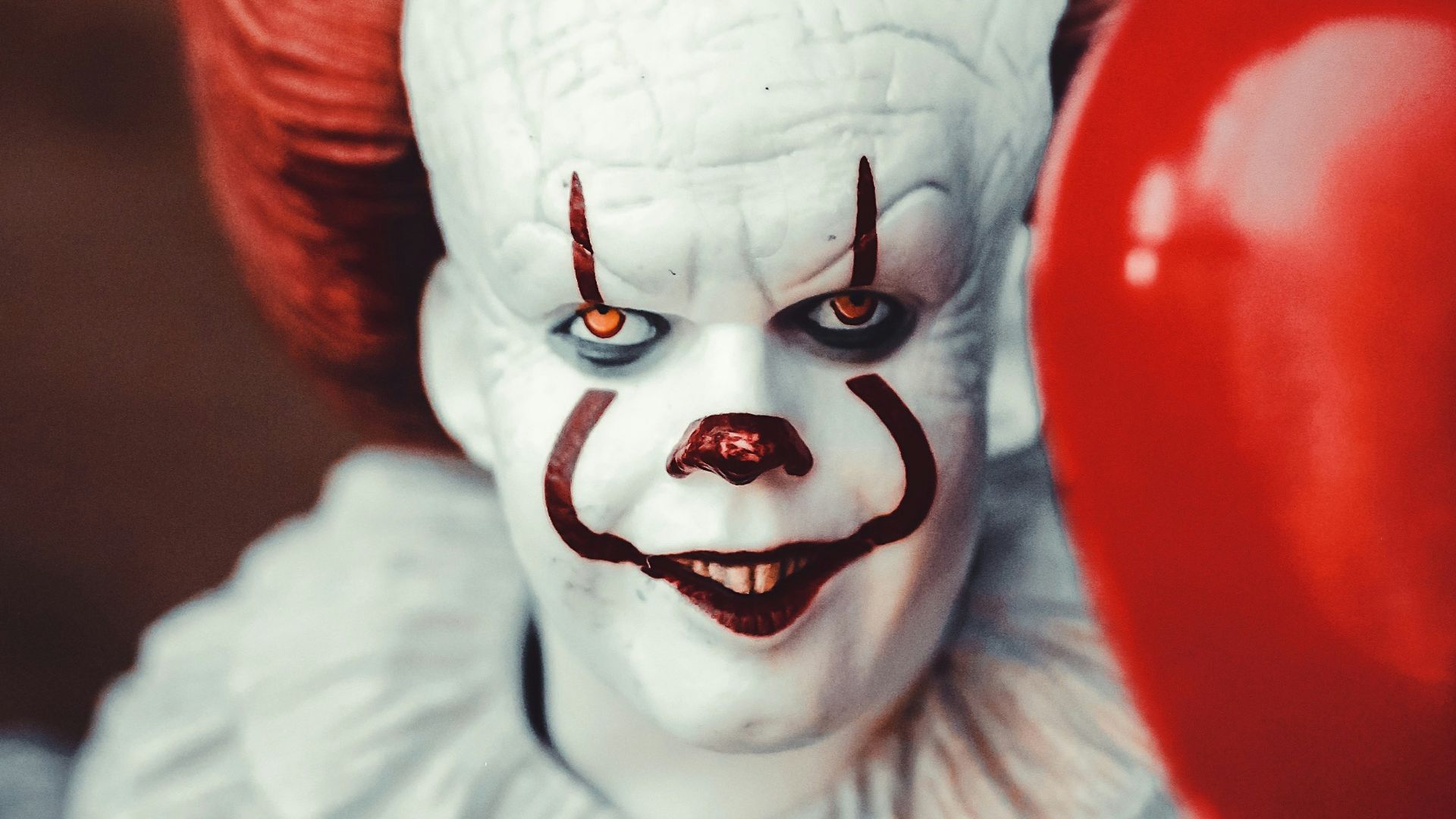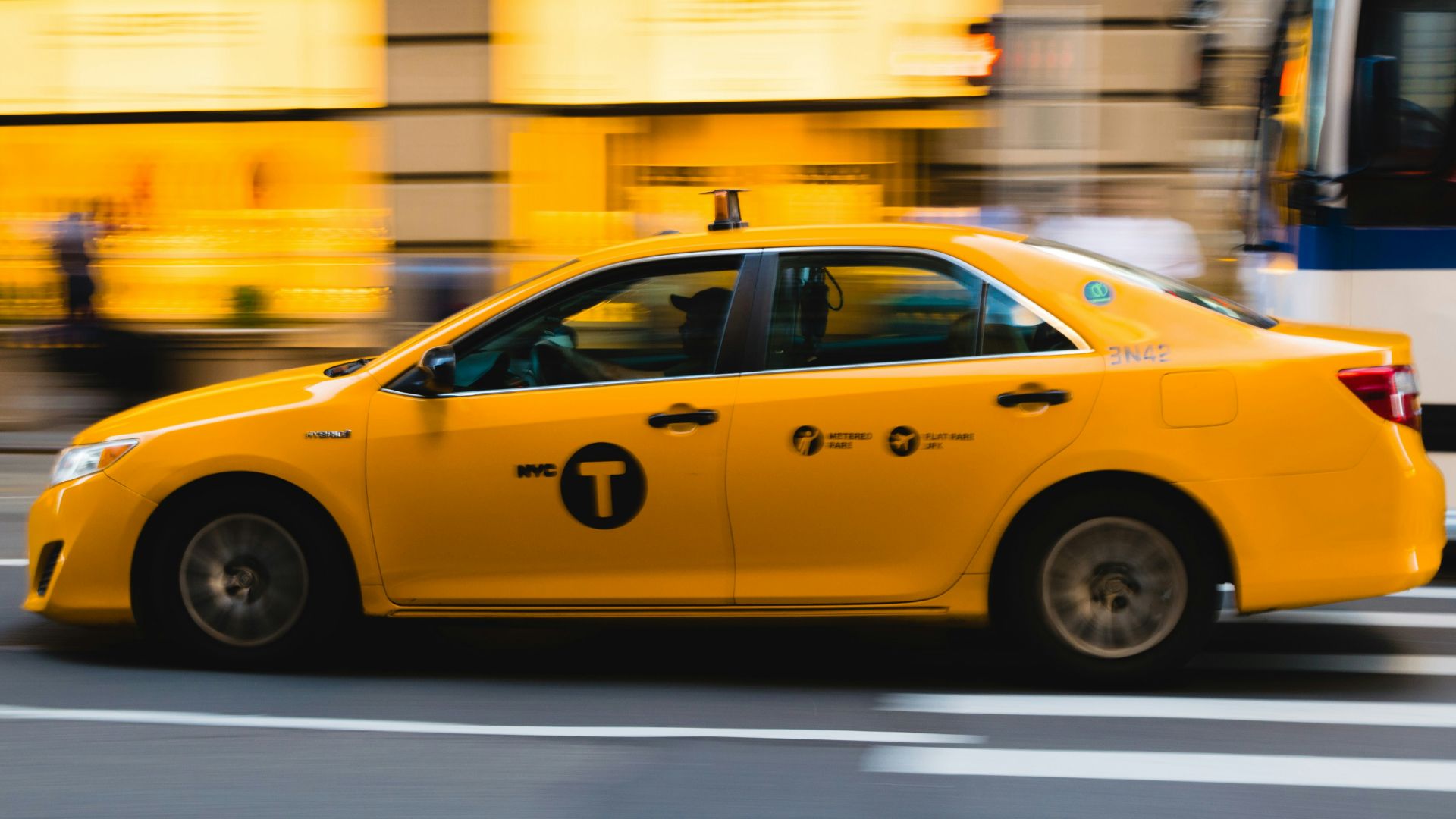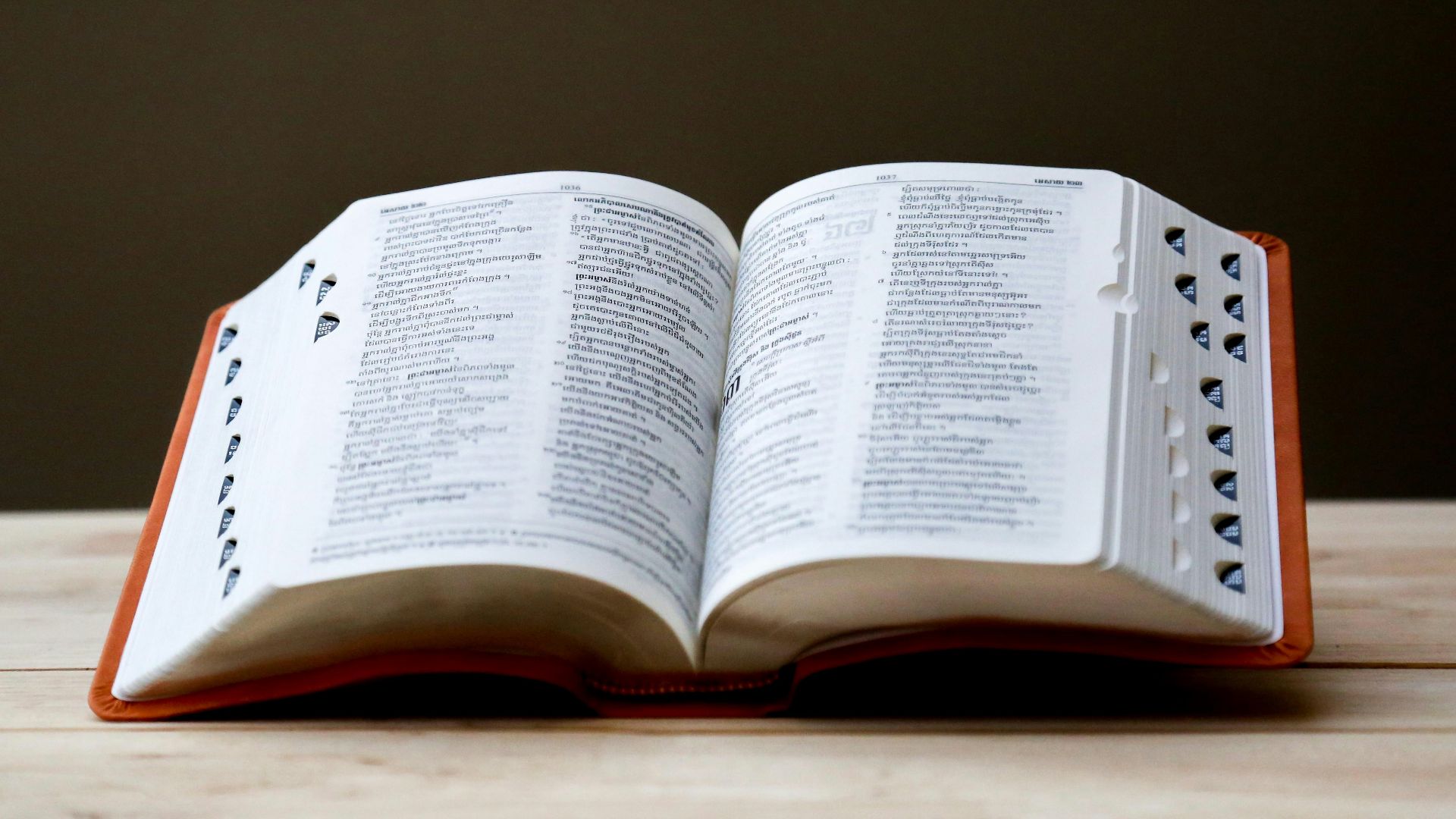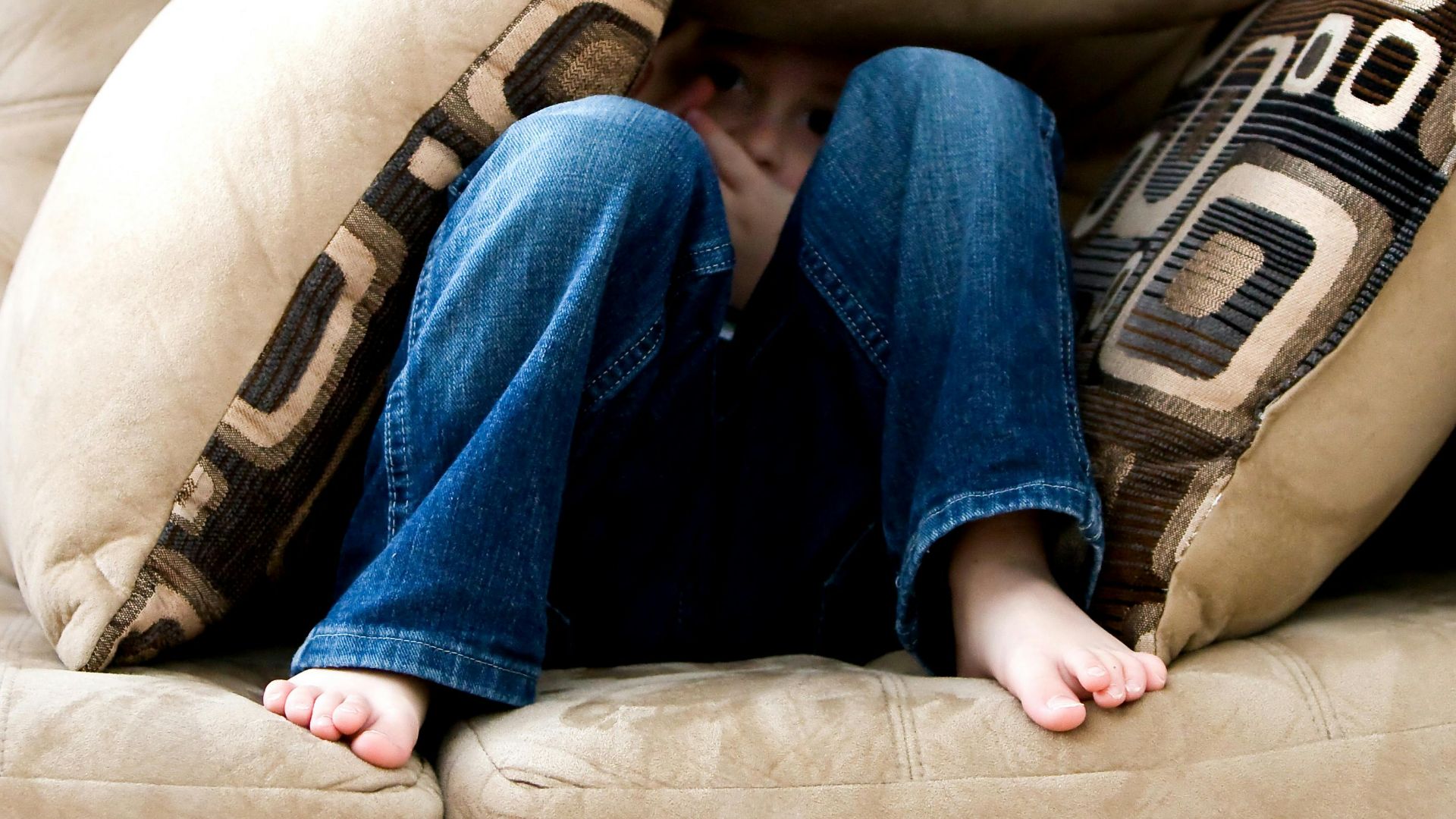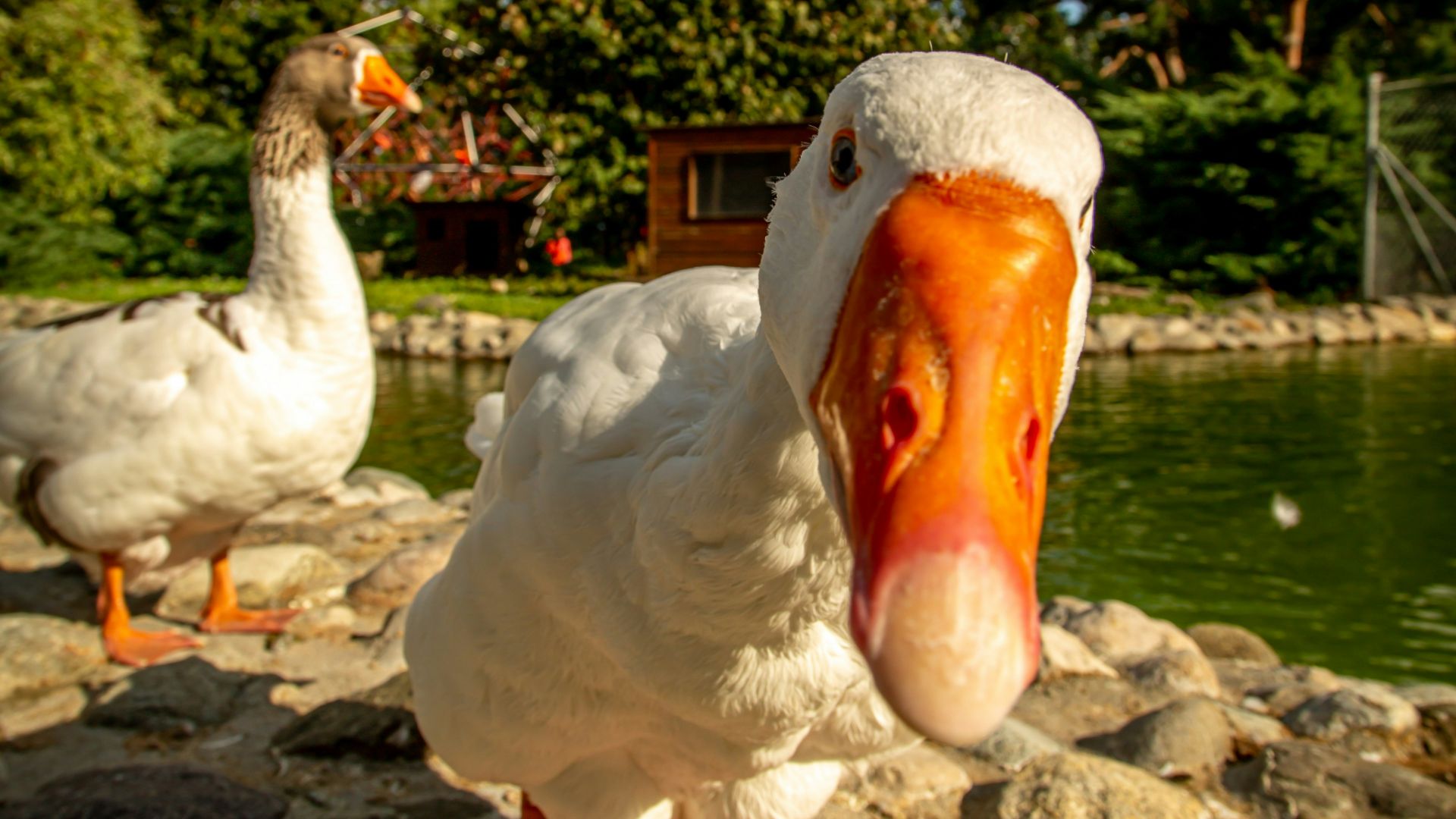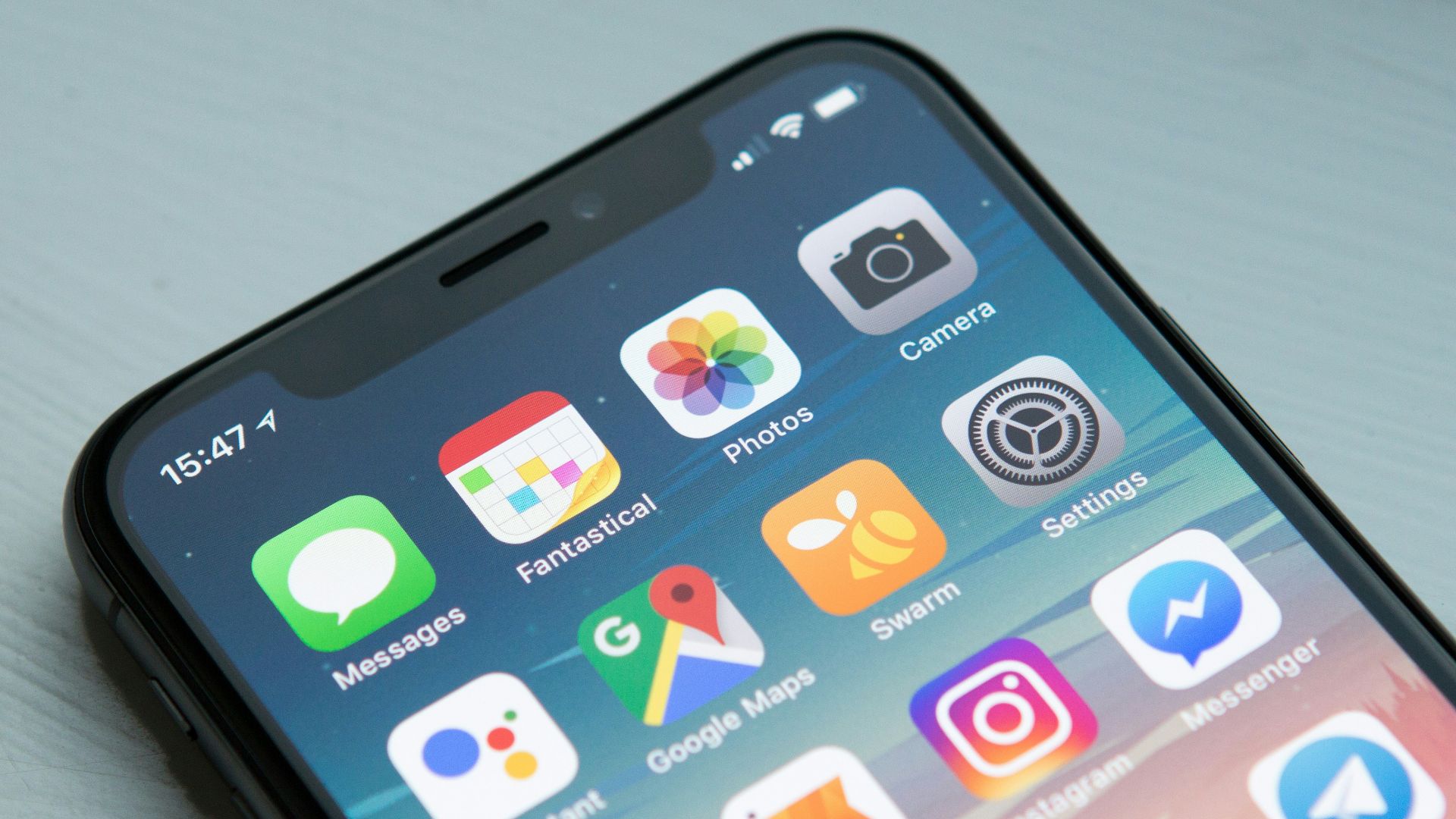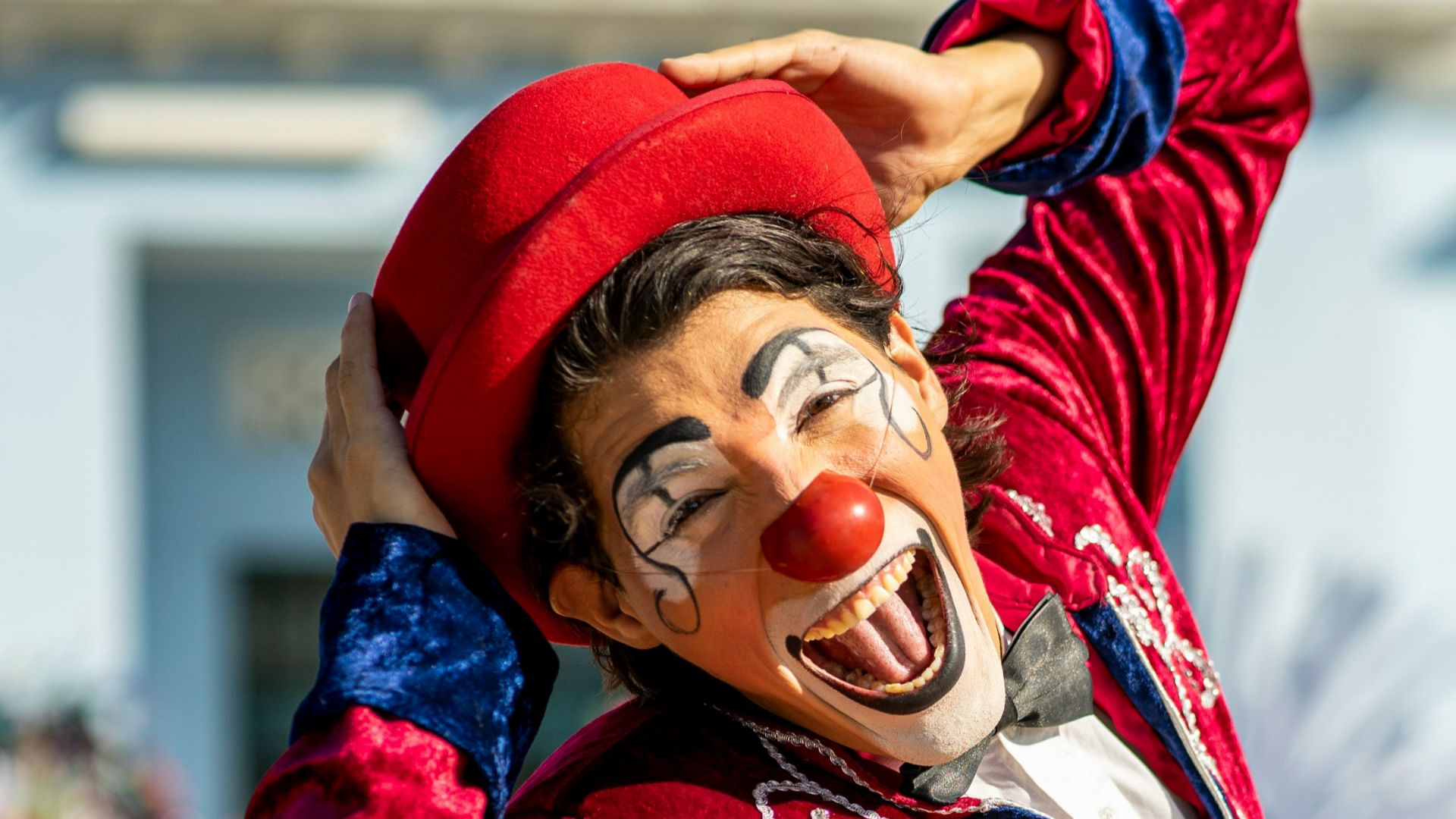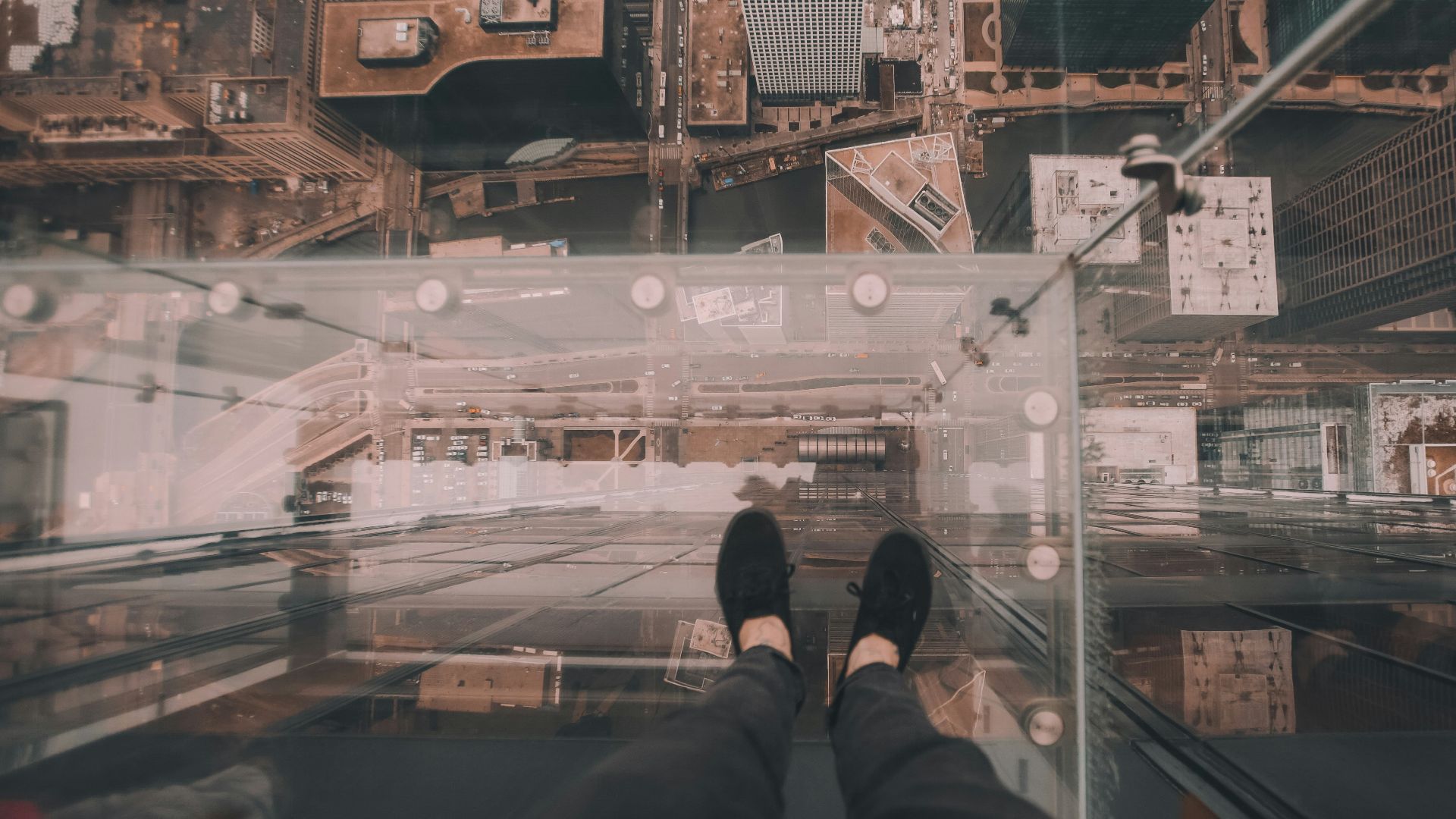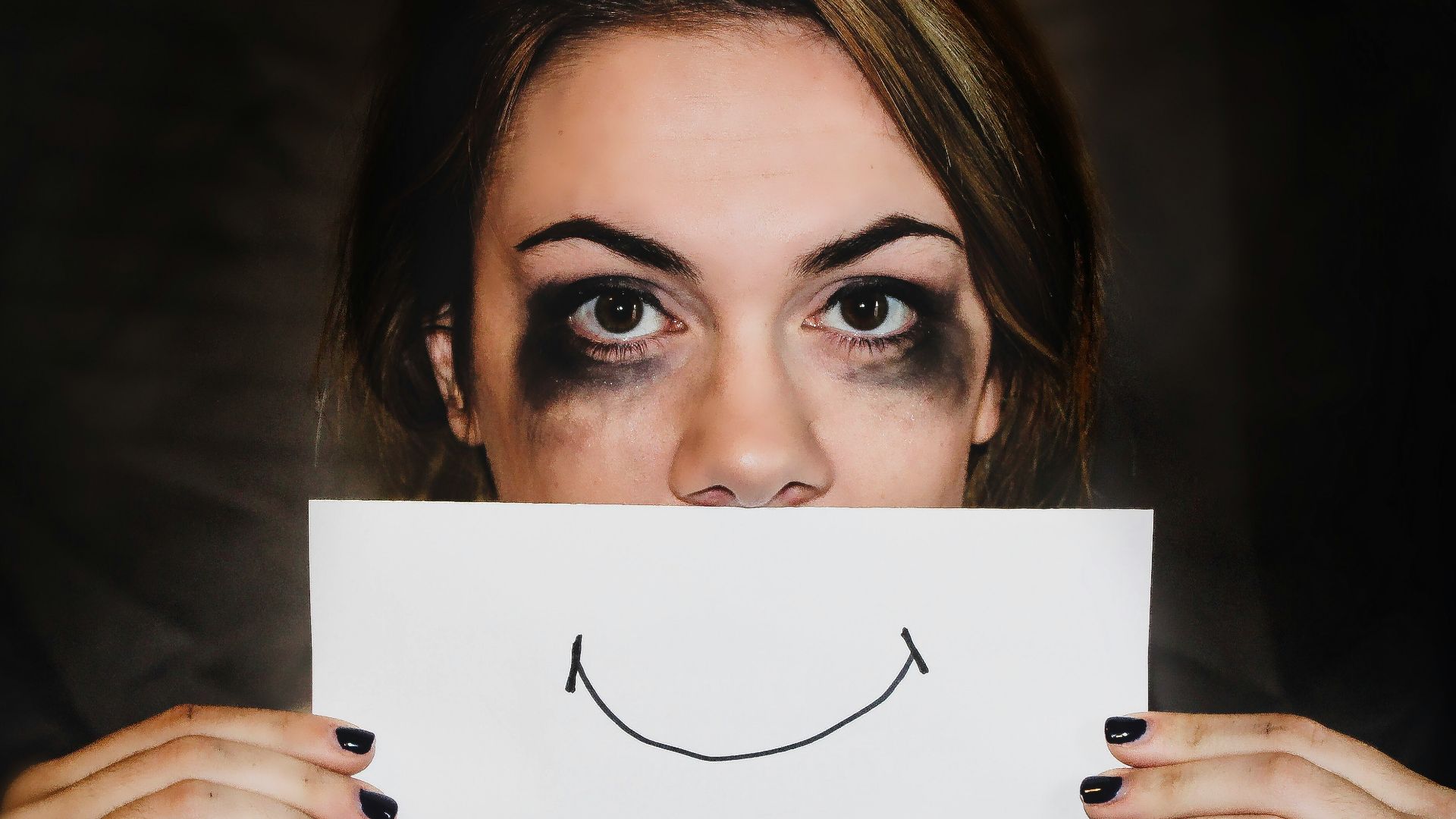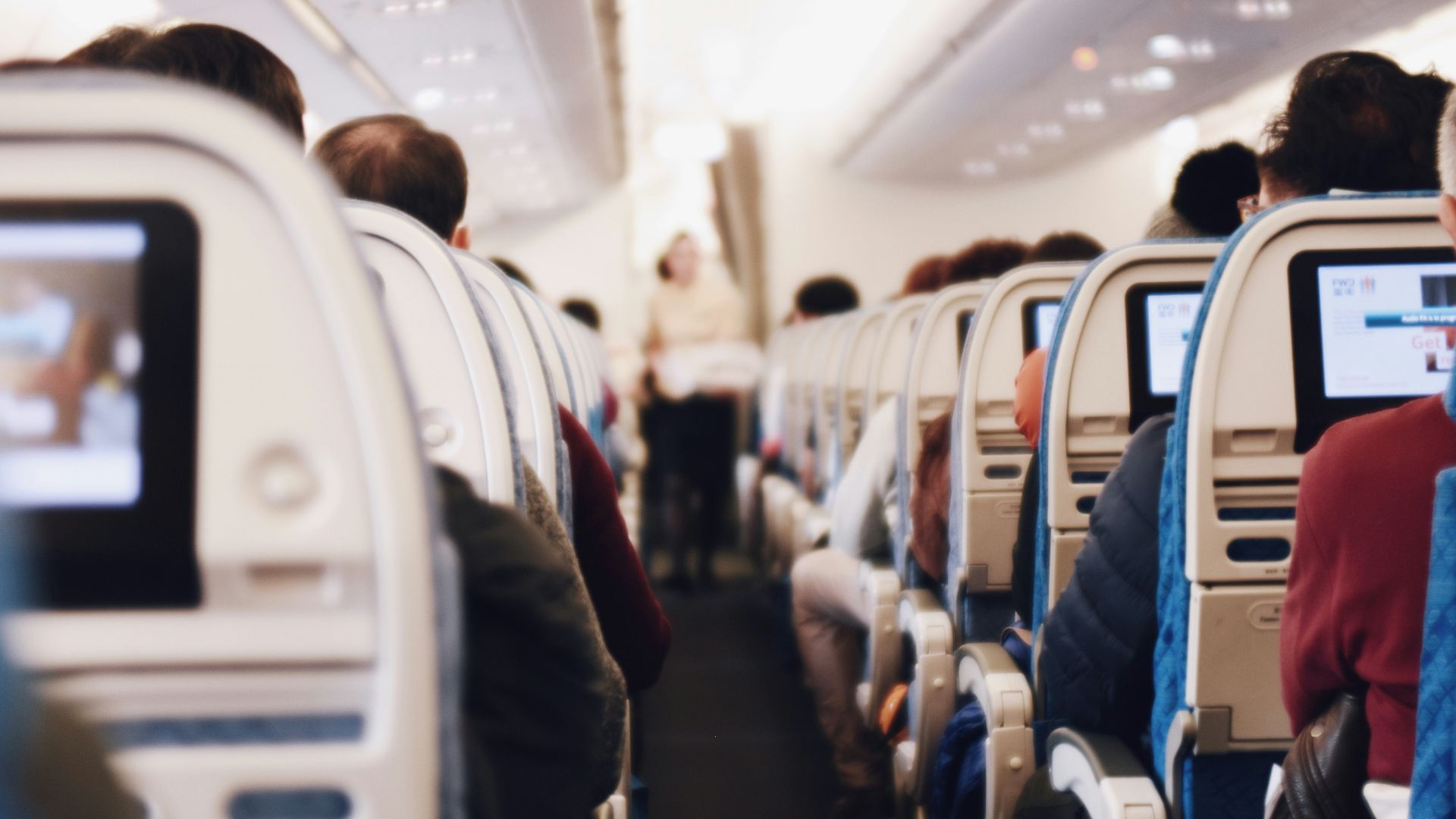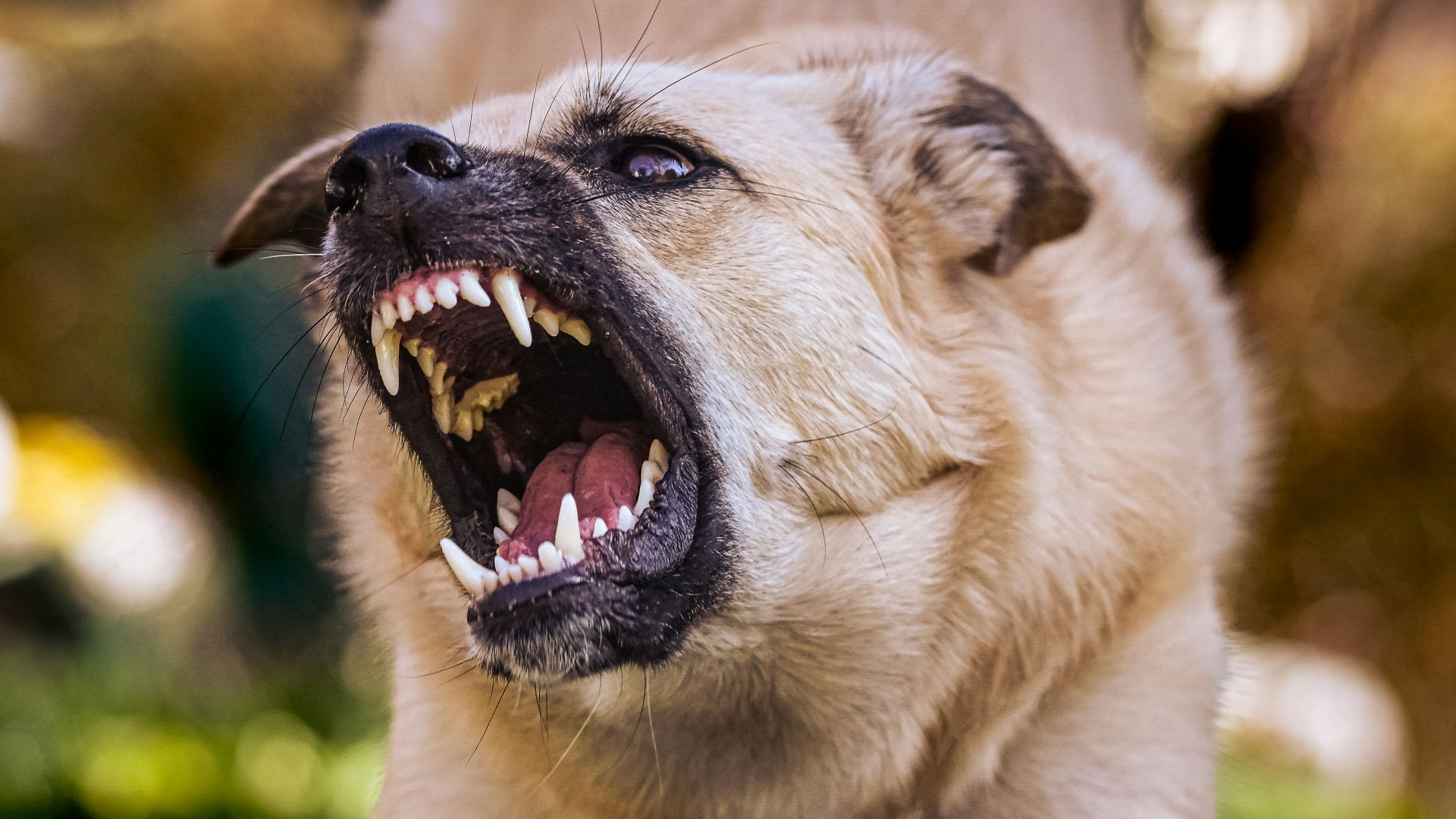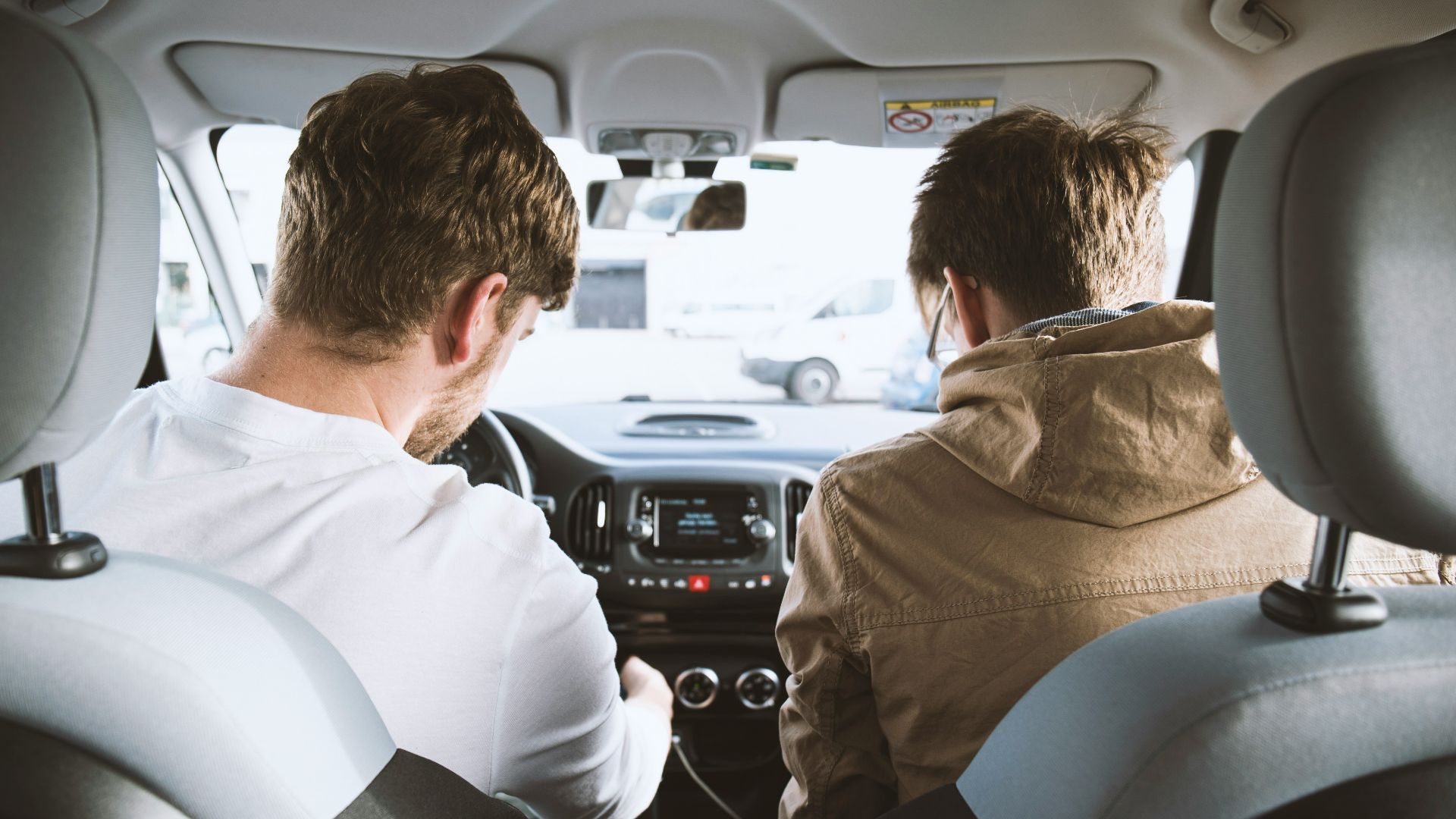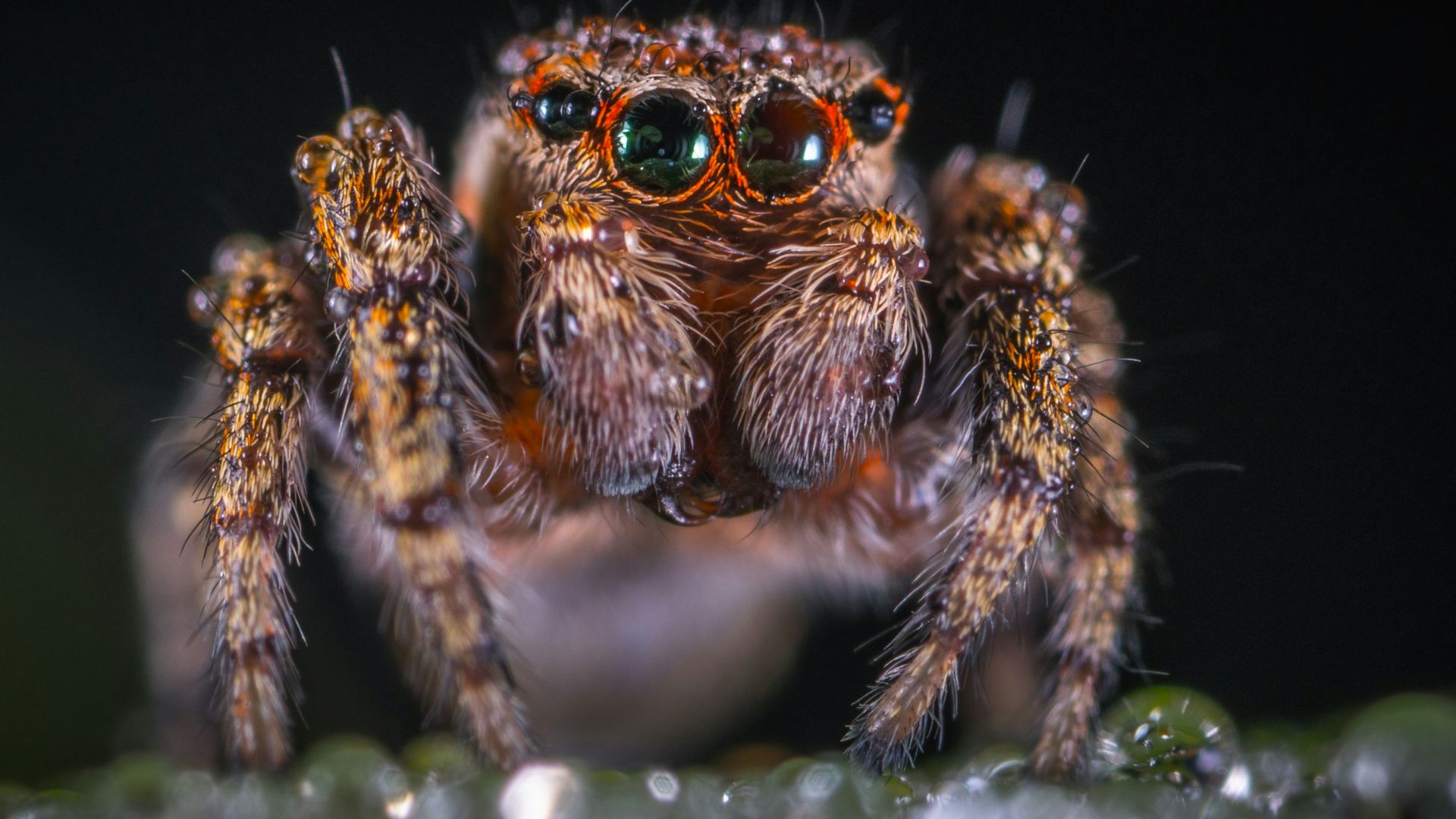Why Did It Have To Be Snakes?
Everybody's scared of something. Maybe you get nervous on airplanes, or you cross the street to avoid encountering strange dogs. Whatever it is, almost 10% of Americans have at least one phobia, or uncontrollable and irrational fear. While some of the things on this list can seem silly, phobias of all varieties should be treated respectfully.
1. Arachibutyrophobia
Arachibutyrophobia is the fear of peanut butter sticking to the roof of your mouth. This phobia is often rooted in a larger fear of choking or sticky textures. Some people with this phobia can eat small amounts of PB, while others avoid it and other peanut-based or sticky products entirely.
 Corleto Peanut butter on Unsplash
Corleto Peanut butter on Unsplash
2. Xanthophobia
Xanthophobia is the fear of the color yellow. Color-based phobias are frequently rooted in sense memories related to previous traumas—for example, being hit by a yellow taxi could result in xanthophobia. Given how prevalent yellow is in daily life, it's easy to understand how debilitating this sort of phobia can be.
3. Hippopotomonstrosesquippedaliophobia
If reading the above word just gave you the willies, you may have hippopotomonstrosesquippedaliophobia, a fear of long words. Phobias of long or difficult to pronounce words are believed to develop from childhood embarrassment. Ironically, hippopotomonstrosesquippedaliophobia is the longest word in the dictionary.
4. Phobophobia
Phobophobia may be the scariest phobia of them all. If the name didn't tip you off, this is the fear of having a phobia, often manifesting in free-floating anxiety. Unfortunately phobophobia can turn into a self-fulfilling prophecy and develop into an anxiety disorder.
5. Anatidaephobia
Okay, maybe this one isn't as real as others on this list. Anatidaephobia, or, the fear that somewhere a duck or goose is watching you, was developed by Far Side cartoonist in 1988. However, specific animal-based fears are very real, as we will see later on. BTW ornithophobia is the technical name for a fear of birds
6. Omphalophobia
Omphalophobia is a fear of belly buttons, including your own. Omphalophobes will avoid seeing and touching belly buttons and may put a bandage over their own belly button to avoid looking at it. And no, it doesn't matter whether they're innies or outies.
7. Deipnophobia
Deipnophobia is the fear of dining with others, often manifesting as a fear of dinner parties or conversation. Like many phobias, deipnophobia often develops from past events such as being ridiculed for not following proper etiquette. Studies show that this phobia can also be connected to various forms of disordered eating.
 OurWhisky Foundation on Unsplash
OurWhisky Foundation on Unsplash
8. Nomophobia
Nomophobia is a relatively rare phobia connected to a common problem: being without your cell phone. Cell phone addictions are more and more common with every passing year, so it's understandable that being separated from this device can cause extreme anxiety. Other nomophobia triggers include low battery and lack of cell service.
9. Barophobia
Barophobia is the fear of gravity. While this may sound silly on the surface, barophobics worry not so much about gravity, but the consequences of gravity. Barophobia can be associated with the fears of falling or being crushed.
10. Coulrophobia
Coulrophobia is probably one of the more well-known uncommon phobias on this list, being the irrational fear of clowns. Well numerous explanations of this phobia have been suggested, there haven't been any specific studies of its roots. Despite what you may think, this fear often derives not from specific clown-based experiences, but from the eerie and exaggerated makeup clowns wear.
Now that we've explored some of the most unusual phobias people can have, let's look at some that should be more familiar.
1. Claustrophobia
Claustrophobia isn't the fear of santa (that's the aptly-named santaphobia) but rather a fear of enclosed spaces. Claustrophobics experience extreme anxiety in airplanes, crowded malls, or elevators, worrying that they will run out of oxygen. About 5% of the population suffers from claustrophobia.
2. Acrophobia
Acrophobia, or, the fear of heights, is one of several fears on this list believed to be a survival mechanism. As anyone afraid of heights will tell you, it isn't necessarily the distance that scares people, but the danger of falling from them.
3. Social Phobia
Social phobia is better known as Social Anxiety Disorder—one of the most common phobias. The most common form of social phobia is a fear of public speaking, however other fears such as being perceived while eating aren't uncommon. Social phobias typically develop during puberty and can last a lifetime.
4. Trypanophobia
Do you get woozy when getting your blood drawn? You may suffer from trypanophobiaa, the fear of injections. Trypanophobia can lead to fainting, a larger fear of medicine, and vaccine hesitancy. Around a quarter of adults worldwide are affected by trypanophobia.
5. Atychiphobia
A lot of people struggle with perfectionist tendencies, but those with atychiphobia feel an intense fear of failure. This fear can lead people to avoid scenarios with less than 100% chances of success. Like phobophobia, this phobia often becomes a self-fulfilling prophecy.
6. Aerophobia
Aerophobia often comes in tandem with other phobias such as claustrophobia and acrophobia. This phobia is a fear of flying, despite air travel being among the safest modes of transportation. Anxious flyers can pass this phobia down to their children.
7. Cynophobia
Man's best friend? Not for people with cynophobia. Cynophobics are afraid of dogs, often due to being chased or bitten during childhood. Being wary of unfamiliar or aggressive-seeming dogs is normal, but cynophoia can dictate people's entire lives if they know that a dog lives in their neighbourhood.
8. Vehophobia
Vehophobia is perhaps one of the more understandable phobias on this list, being the fear of driving. Vehophobia often results from car accidents—witnessing them or being involved in them. Interestingly, vehophobia doesn't always manifest in drivers but in passengers as well.
9. Arachnophobia
The fear of spiders is another phobia linked to evolutionary response. While there are over 35,000 species of spider, only about a dozen of them are actually dangerous to humans. Early humans, however, developed a healthy fear of spiders as a defense mechanism.
10. Nosophobia
Nosophobia, the fear of contracting disease, has definitely seen a rise in the past few years. Medical phobias are relatively common as is, but there has definitely been a rise since the outbreak of the pandemic. Nosophobia can be treated with therapy or medication, and it's important to communicate your needs, no matter how scary it may be.


